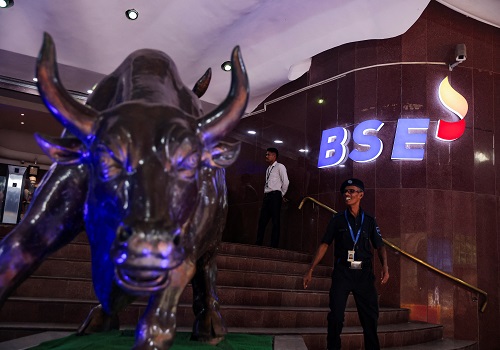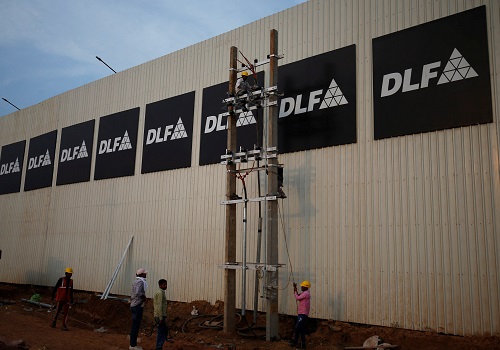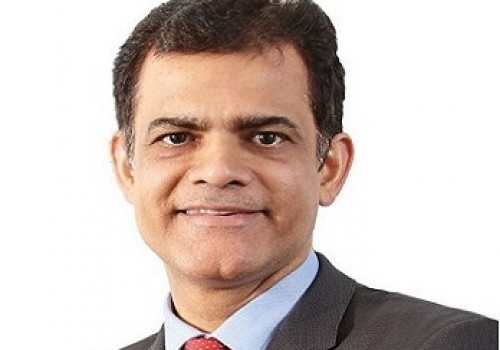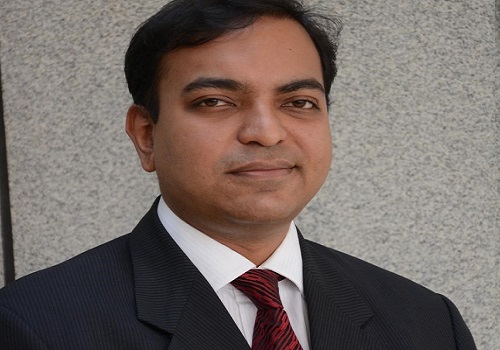Union Budget 2022-23 : Focus On Infrastructure to Drive Real Estate Growth - Anuj Puri, ANAROCK Group

Follow us Now on Telegram ! Get daily 10 - 12 important updates on Business, Finance and Investment. Join our Telegram Channel
By Anuj Puri, Chairman – ANAROCK Group
Providing a broad-spectrum booster shot to the economy, Union Budget 2022-23 is progressive – especially with its emphasis on building the infrastructure of the country. The FM clearly emphasised the top priorities of the government - PM Gati Shakti for sustainable growth, inclusive development, productivity enhancement, and financing of investments.
Notably, the government also expanded the Capex target by 35.4% - from INR 5.54 lakh crore to INR 7.50 lakh crore - which may help boost overall spending towards economic growth. The budget also emphasises on the need for proper urban planning, provides some relief to states while keeping the fiscal deficit well under control.
In another major positive, the government’s aim to create 6 million new jobs over the next 5 years will enable growth of residential real estate across the country.
Some of the other major highlights of the Budget which will directly or indirectly IMPACT the real estate sector are:
* The government’s unwavering focus on infrastructure and sustainability will drive real estate growth over the next one year. For instance, the National Highway network will be expanded by 25,000 kms in 2022-23. PM Gati Shakti will encompass the seven engines for multi-modal connectivity for the states with speedier implementation of development projects through technology to facilitate faster movement of people and goods through INR 20,000 crore financed by the govt to speed up this project. Further, the 100 PM Gati Shakti Cargo terminals to be developed over next 3 years will provide much impetus to the logistics sector.
* Allocation of INR 48,000 Cr for PMAY Urban and Rural will push forward its ‘Housing for All’ initiative. Under PMAY, the government plans for 8 Mn houses in FY’23.
* As anticipated, the FM also tried to rejuvenate the MSMEs sector which has a multiplier impact on the growth of the overall economy. The ECLGS scheme has been extended till March 2023 for the MSMEs. Besides providing an impetus to the industrial development, this move is likely to have a rub-off effect on the real estate sector as well given that the catastrophic impact of the pandemic on this sector (MSMEs) slowed down the demand for affordable housing in 2021. We saw the home loan eligibility for many affordable housing buyers impacted by the pandemic due to loss of jobs and many MSMEs being shut down - resulting in significantly lower sales in this category.
If we consider numbers in terms of the new supply as well, back in the pre-Covid year of 2019, affordable housing share stood the highest - 40% of the total 2,36,560 units launched across the top 7 cities then. While in 2021, we saw the affordable new supply share come down to 26% for nearly the same number of units launched in the top 7 cities (approx. 2,36,700 units). Well, not to say that demand for affordable homes had diminished because it still has the maximum demand in India. It’s just that buyers went into a wait and watch mode. Affordable housing demand will gain momentum once the economic impact of the pandemic begins to subside for this target audience.
* To facilitate digital inclusion and aid fund transfer, 100% of 1.5 lakh post offices will come under the complete banking system. This will enable smooth and transparent real estate transactions in the rural areas and also encourage loan disbursal to the semi urban population.
* Increased focus on tier 2 and tier 3 cities for urban development. A high-level panel to be set up for urban planning.
* Data Centres given infrastructure status will give an impetus to this segment of the real estate sector.
Above views are of the author and not of the website kindly read disclaimer












 320-x-100_uti_gold.jpg" alt="Advertisement">
320-x-100_uti_gold.jpg" alt="Advertisement">











